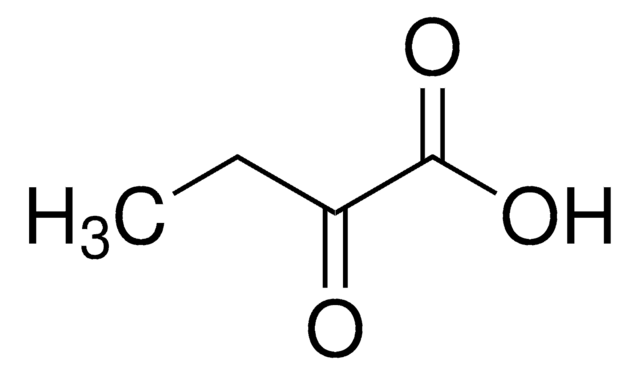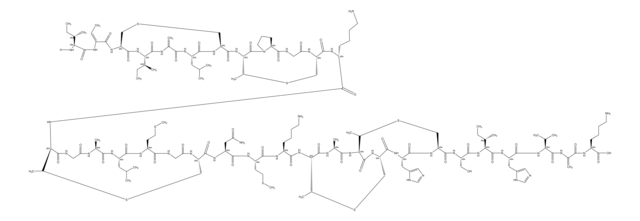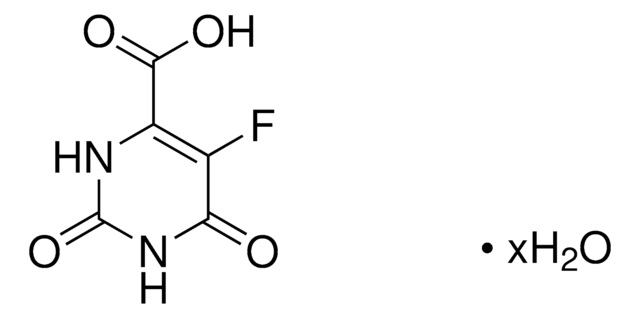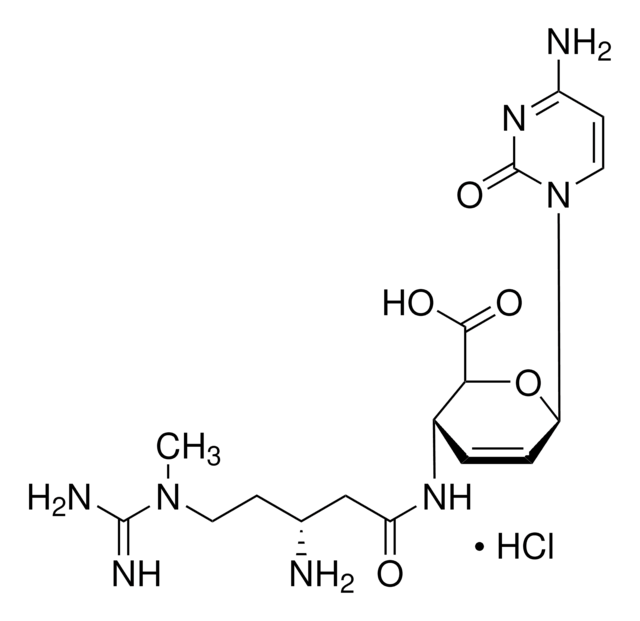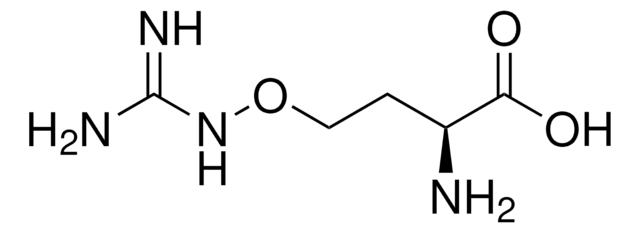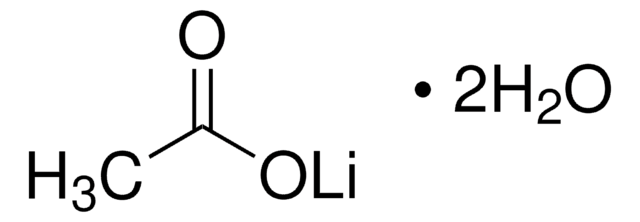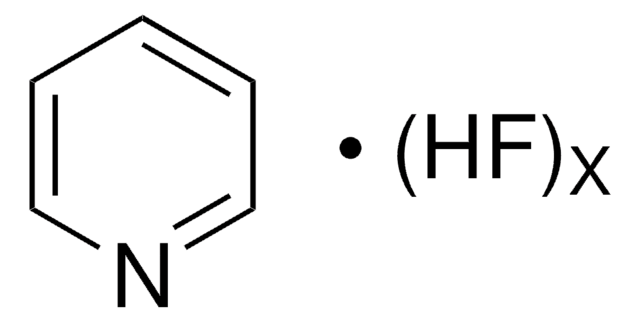74667
Nourseothricin sulfate
≥85% (HPLC)
About This Item
Prodotti consigliati
Origine biologica
Streptomyces noursei
Saggio
≥85% (HPLC)
Stato
solid
Colore
white to light brown
Solubilità
H2O: soluble 200 mg/mL
Compatibilità
suitable for (selection agent for molecular genetic research work)
Spettro attività antibiotica
Gram-negative bacteria
Gram-positive bacteria
fungi
mycobacteria
mycoplasma
parasites
viruses
yeast
Modalità d’azione
protein synthesis | interferes
Temperatura di conservazione
2-8°C
Stringa SMILE
[S](=O)(=O)(O)O.N4[C@H]5[C@H](N=C4N[C@@H]6O[C@@H]([C@@H]([C@H]([C@H]6NC(=O)C[C@@H](N)CCCNC(=O)C[C@@H](N)CCCNC(=O)C[C@@H](N)CCCN)O)OC(=O)N)CO)C(=O)NC[C@H]5O.N1[C@H]2[C@H](N=C1N[C@@H]3O[C@@H]([C@@H]([C@H]([C@H]3NC(=O)C[C@@H](N)CCCN)O)OC(=O)N)CO)C(=O)NC[C@H]
InChI
HEPYPTBGGNPPAP-SPCBHCMPSA-N
Descrizione generale
Applicazioni
Azioni biochim/fisiol
Confezionamento
Altre note
Avvertenze
Warning
Indicazioni di pericolo
Consigli di prudenza
Classi di pericolo
Acute Tox. 4 Oral
Codice della classe di stoccaggio
13 - Non Combustible Solids
Classe di pericolosità dell'acqua (WGK)
WGK 3
Punto d’infiammabilità (°F)
Not applicable
Punto d’infiammabilità (°C)
Not applicable
Dispositivi di protezione individuale
dust mask type N95 (US), Eyeshields, Gloves
Scegli una delle versioni più recenti:
Possiedi già questo prodotto?
I documenti relativi ai prodotti acquistati recentemente sono disponibili nell’Archivio dei documenti.
I clienti hanno visto anche
Il team dei nostri ricercatori vanta grande esperienza in tutte le aree della ricerca quali Life Science, scienza dei materiali, sintesi chimica, cromatografia, discipline analitiche, ecc..
Contatta l'Assistenza Tecnica.





